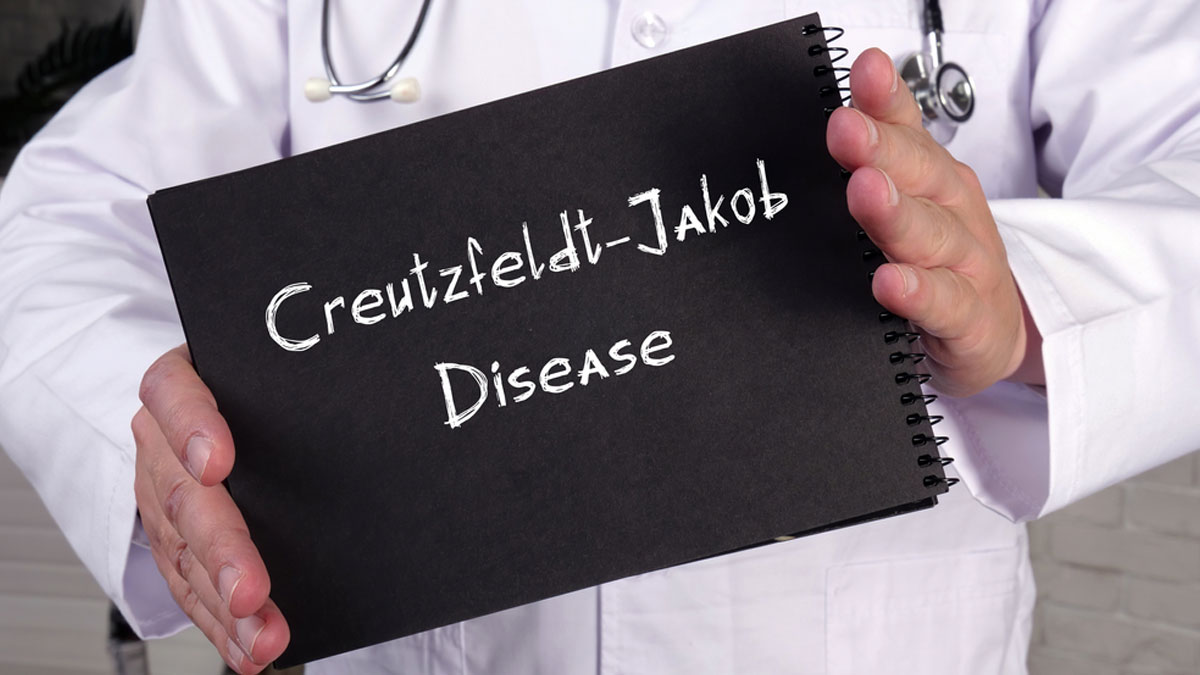
Have you heard about a rare and foetal disorder that can lead to dementia? Creutzfeldt-Jakob disease (CJD) is a rapidly progressive neurodegenerative disorder that affects brain tissue and coordination. We spoke to Dr Vamsi Chalasani, Consultant - Neurologist, Manipal Hospitals, Vijayawada, who explained CJD, its types, causes, and the importance of early diagnosis.
Table of Content:-
What Is Creutzfeldt-Jakob Disease

“CJD is a rapidly progressive brain disorder characterised by the accumulation of abnormal proteins called prions. These prions damage brain cells, leading to a decline in thinking, memory, movement, and eventually, death. Unfortunately, there is no cure for CJD, and the average life expectancy after diagnosis is 6-12 months”, said Dr Chalasani.
According to StatPearls, CJD predominantly impacts the Central Nervous System (CNS), where neurons serve as its primary functional unit. Neurons, distinguished by their ability to receive, retain, and convey information, constitute the CNS. Despite the incapacity of CNS neurons to regenerate, certain areas of the brain may experience limited healing owing to the existence of stem cells.
Variants of CJD
Dr Chalasani listed the variants of CJD as follows:
- Classic CJD: The most common form, accounting for 70% of cases, with unknown cause.
- Familial CJD: Inherited, caused by specific genetic mutations, affecting about 10-15% of cases.
- Variant CJD (vCJD): Linked to consuming meat from cattle infected with Bovine Spongiform Encephalopathy (BSE, ‘mad cow disease’), though extremely rare now due to stricter food safety regulations.
Also Read: Frontotemporal Dementia: Expert Explains Symptoms, Variants, Causes, & Prevention
Causes and Transmission
While the exact cause of classic CJD remains unknown, other forms have distinct triggers. Dr Chalasani added, “Familial CJD is caused by inherited genetic mutations, while CJD arose from consuming contaminated meat. Iatrogenic CJD results from accidental exposure to prions during medical procedures. However, it's important to note that CJD is not easily transmissible through casual contact.”
Consumption Concerns
Dr Chalasani highlighted, “The link between vCJD and contaminated meat products raised public alarm in the late 1990s. Stricter regulations and improved cattle testing have dramatically reduced the risk. However, it's crucial to emphasise the exceptionally low transmission rates from consuming meat today.”
Symptoms and Diagnosis

CJD symptoms evolve rapidly, often including:
- Memory loss and confusion
- Personality and behavioural changes
- Difficulty with vision, speech, or coordination
- Involuntary muscle movements
- Eventually, dementia and coma
According to Cureus, the most common initial manifestation of this illness is cognitive decline, observed in approximately 35% of patients. In about 17.5% of cases, the first indication may present as cerebellar dysfunction, behavioural changes, or constitutional symptoms.
Also Read: One-Sided Brain Seizures: Expert Explains Focal Epilepsy, Its Symptoms, Causes, And Treatment
Diagnosis Of CJD
According to a 2023 study, CJD inevitably leads to fatality, with survival typically ranging from several months to one year, and the average time from onset to death reported at 7.6 months. Consequently, upon diagnosis, the neural damage is widespread, and neurodegeneration is profound.
Diagnosing CJD can be challenging due to its rarity and diverse symptoms. Doctors may use a combination of medical history, physical examinations, brain scans, and cerebrospinal fluid analysis to reach a diagnosis.
Treatment For CJD
“There is no cure for CJD, but supportive care can improve the quality of life for patients and their families. This includes managing symptoms, providing emotional support, and ensuring appropriate care as the disease progresses. Research efforts are ongoing to better understand CJD and develop potential treatments and cures”, emphasised Dr Chalasani.
[Disclaimer: This article contains information provided by an expert and is for informational purposes only. Hence, we advise you to consult your expert if you are dealing with any health issues to get the necessary treatment.]
Also watch this video
How we keep this article up to date:
We work with experts and keep a close eye on the latest in health and wellness. Whenever there is a new research or helpful information, we update our articles with accurate and useful advice.
Current Version